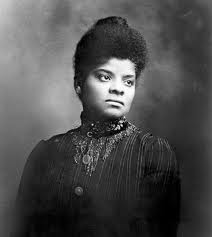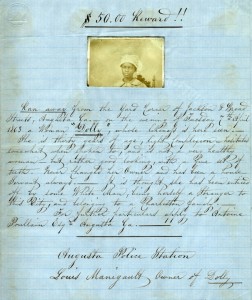
Uncompromising, fighting and writing for justice is the testimony to the rich legacy of Ida B. Wells (July 25, 1862-March 25, 1931). Her fearless voice, advocacy and investigative journalism is the link to the modern Civil Rights Movement of the 1960s. She used her pen as her weapon for justice that inspired hundreds of journalists, especially women around the world. For journalists, Meredith Broussard and Karen Turner, Wells challenged them to think differently. “She was an inspiration … her tenacity and passion reminds me of what my purpose is in life,” said Turner. “She was an audacious and passionate social activist and anti-lynching advocate,” said Broussard. “I loved her because she stood up for what she believed in to remove the evil of lynching.”
Moderated by Kammika Williams-Witherspoon, co-organizer of “Chat” and Associate Professor of Theater, Broussard and Turner were presenters in the Chat in the Stacks program – “Ida B. Wells and the Continuing Legacy of African American Women in Journalism” on March 28, 2013. The dialogue addressed issues such as the state of journalism, the Black press and representations of African Americans and the lack thereof in journalism at large. At the center of the conversation was integrity and quality at risk on the Internet because of “cheaper new journalists creating communities,” said Broussard. Turner suggests that “seasoned journalists are at risk…and cheaper college grads are not asking the right questions.” Her advice to young journalists is to “identify your passion and go for it; sacrifice can change lives; benefit and impact may be realized now or in next generation.” Ida B. Wells’ life and legacy emphasizes the importance of this.
The Chat in the Stacks series is co-presented by the Faculty Senate Committee on the Status of Faculty of Color, and is part of the Libraries’ ongoing programming series, Beyond the Page: Exploring the Cultural, Historical, and Scholarly Record at Temple University Libraries

